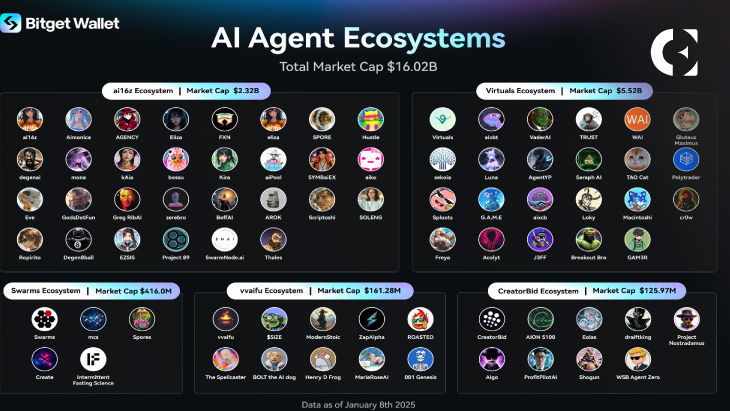Tariff hikes will continue to lead industry repair in FY26, driven by ARPU growth (14 per cent) and subscriber addition (4 per cent), Bernstein Group in its India TMT: 2025 Outlook report said. The Group based its prediction on India’s low telecom tariffs in absolute terms compared to other global comparable markets.
“The price war by Jio in 2016 led to the collapse of pricing by around 95 per cent and reduced ARPU for competition by 50 per cent over 2016-2019. Tariff hikes starting December 2019 (25-30 per cent) marked a period of pricing discipline for the sector. We expect higher data consumption, higher tariffs and premiumisation of existing data users to high-value packs to continue, driving stronger ARPU,” said the report.
Predictions for private operators
As per the report, India’s telecom sector is a consolidating market with Reliance Jio and Bharti Airtel at around 82 per cent share. Further consolidation of the market is expected by 2026 with revenue share of Jio at 47 per cent and Bharti at 38 per cent. However, this pace of consolidation will decrease in the near term as Vodafone-Idea (Vi) expands capacity supported by recent funding inflow, said the report. In terms of subscriber share, the report expected Jio to reach 48 per cent by FY27, Airtel to reach around 35 per cent and Vi to eventually reach record net subscriber additions, led by 4G coverage expansion and eventual 5G rollout.
Airtel leading in terms of performance
Terming Bharti Airtel as the beneficiary of the telecom repair cycle, it observed that Airtel recorded an improved subscriber mix, increased ARPUs, expanding return ratios for the company.
“Airtel has been delivering healthy growth performance with ARPU growth robust at 10 per cent QoQ to ₹233 ahead of Jio (7 per cent QoQ) led by flow through of tariff hikes. Bharti stock is up 58 per cent, outperforming the broad market Nifty index which is up 9 per cent in 2024. The outperformance is largely driven by best in class ARPU (premiumization/tariff hike), lower capex & positive FCF,” said the report, adding that the telco’s plan to consolidate Indus Towers in 2025 will further drive scale and prove positive for the stock.
Airtel capex to moderate in 2025
The report expects Airtel’s consolidated capex to see a moderation in the coming year following the 5G rollout. However, broadband capex may grow over the next few quarters as the telco will transition to Standalone (SA) 5G on fixed wireless access (FWA). However, in terms of mobile business, the report suggested Airtel move from Non-Standalone (NSA) to SA in the next 3-4 years depending on load in spectrum band, working on a hybrid model in the next few years. This would mean NSA for consumer business and SA for the FWA and enterprise segment.









Leave a Comment